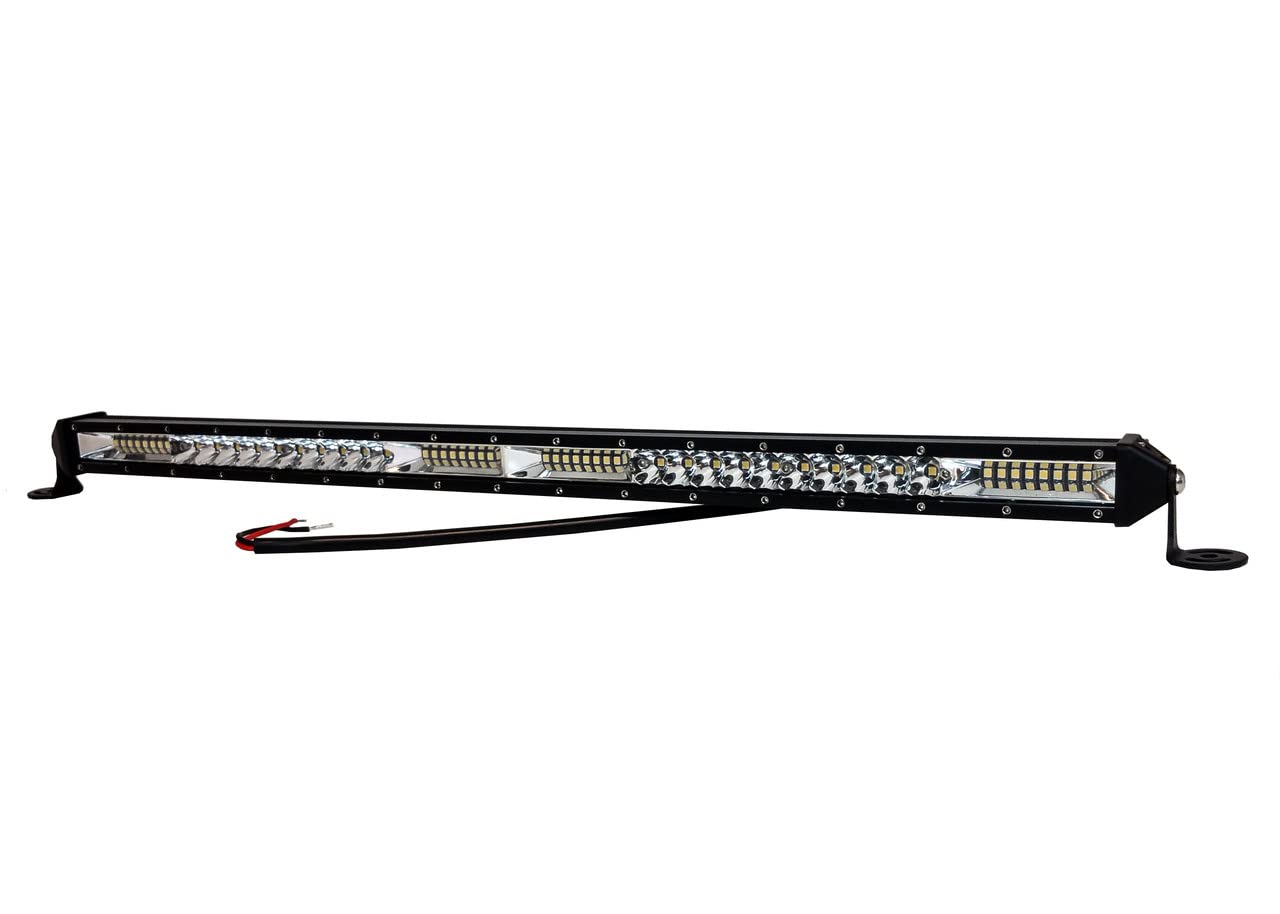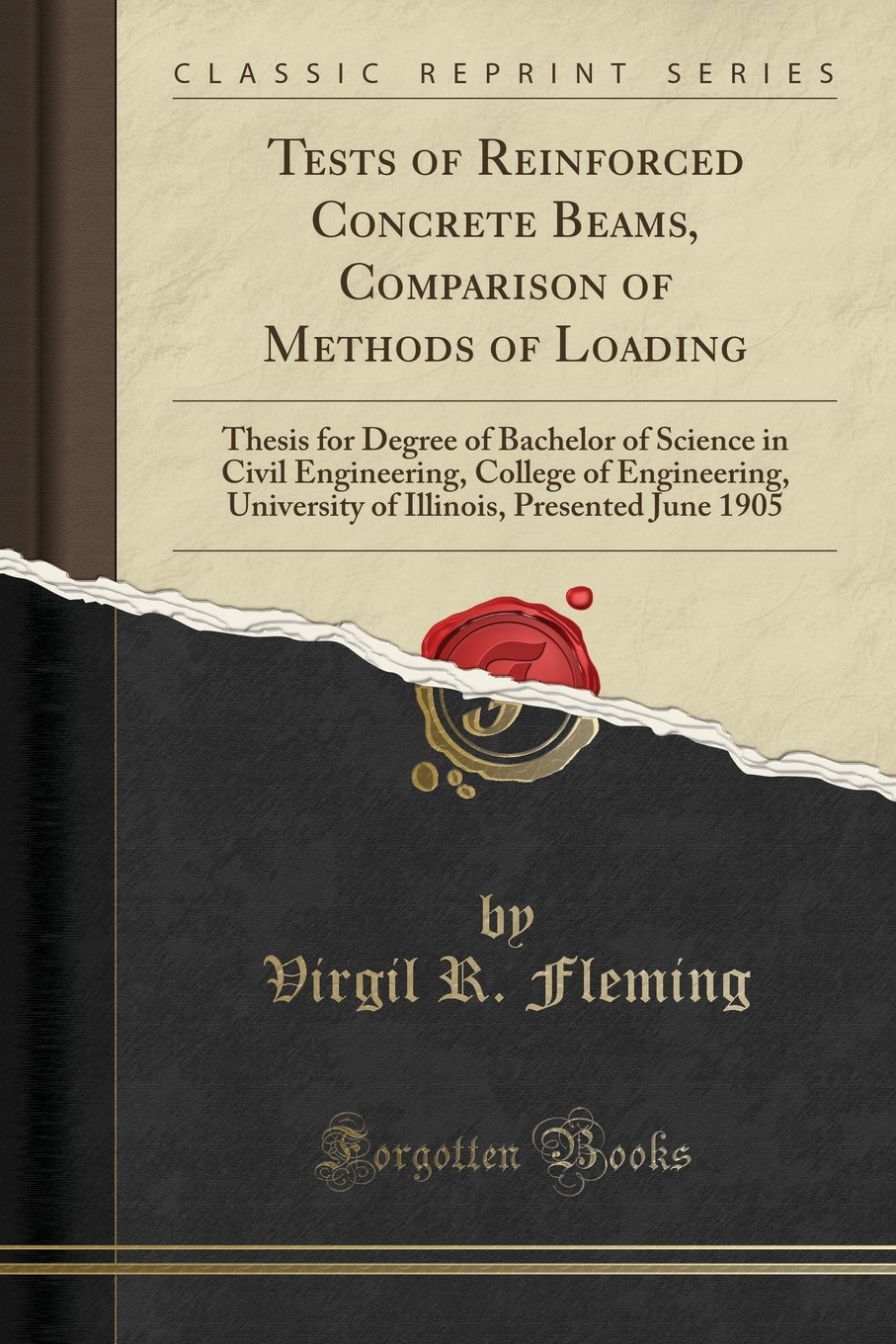Best Beam Comparison: 2025’s Top Options Reviewed
For the best beam comparison construction and DIY projects, the significance of beams cannot be overstated. Beams provide essential support, playing a pivotal role in structure and safety. These elements are found in various applications, from residential homes to massive commercial buildings. As such, selecting the right beam is crucial to ensure the integrity and durability of a structure.
The market offers various types of beams, each with its distinct advantages. Steel beams are known for their immense strength and are typically employed in large-scale projects where load-bearing is crucial. Wooden beams, while lighter and more prone to climate-related wear, are popular for their aesthetic appeal and ease of installation. Other options, like composite beams, balance weight, and strength, offer unique benefits for specific applications.
Material, load capacity, cost, and environmental conditions should be carefully considered when selecting a beam. Choosing the right material is essential as each type has strengths and limitations regarding weight support, weather resistance, and installation process. We’ve dedicated considerable time to evaluating and comparing the best beams on the market to help streamline your building projects and ensure efficiency and safety in construction.
Top Beam Options
We’ve evaluated various beam products to identify the top options available. Our selection criteria focused on performance, durability, and user satisfaction. Let’s explore the best beams that could enhance your projects.
OZ-USA 20″ Ultra Slim LED Light Bar

This light bar offers impressive brightness and durability for those seeking a compact and versatile lighting solution.
Pros
- Compact size allows for versatile mounting options
- High-intensity LED chips provide excellent illumination
- Excellent waterproof rating ensures reliability in harsh conditions
Cons
- Limited overall customer reviews are available
- Higher price point compared to similar products
- Brackets could be sturdier for heavy-duty applications
Our experience with the OZ-USA 20″ Ultra Slim LED Light Bar was positive. We were impressed with its slim design, which made it easy to mount on various vehicle types. The light output was remarkable, significantly enhancing nighttime visibility. Whether using it on an ATV or a trailer, it performs well in diverse conditions.
Despite its compact form, this light bar packs a punch with 140 lumens per watt efficiency. The durability offered by the IP68 waterproof and dustproof rating is reassuring, especially for off-road and marine environments. This product can endure the elements, making it suitable for adventurous excursions.
Installation was relatively straightforward, although we noted that the mounting brackets could benefit from a more robust design. This is something to consider if heavy-duty use is anticipated. Overall, it remains a valuable addition for those needing a reliable and powerful lighting solution.
Quantitative Comparison of Optical Traps

This product offers valuable insights into comparing single-beam and dual-beam optical traps, helping us better understand their applications.
Pros
- A comprehensive exploration of optical trapping techniques
- Valuable for academic and research settings
- Well-documented methodology
Cons
- Highly specialized content may not appeal to all
- Limited practical applications outside specific research fields
- Dense technical details could overwhelm some readers
This comparison provides a detailed examination of optical trapping methods. We found the exploration thorough, shedding light on single and dual-beam technologies. This piece offers significant insights if you’re involved in research or academia.
We appreciated the well-structured content, which delineates the intricacies involved in both techniques. The clarity of the presentation makes complex subjects more approachable. Nevertheless, those new to optical physics might find the level of detail intense and demanding.
Overall, this resource is an excellent guide for professionals seeking to deepen their expertise in optical trapping. While it may not be suited for casual reading, its value in educational and professional contexts is substantial.
Reinforced Concrete Beam Thesis

This book serves as a valuable resource for anyone interested in Civil Engineering, especially in understanding reinforced concrete beams.
Pros
- Well-researched content
- Focuses on practical applications
- Clear and concise writing
Cons
- Limited scope
- Dated information
- It may not suit all readers
This thesis provides well-researched content that engages with the real-world applications of civil engineering. The practical focus is its standout feature, allowing us to explore methods with clarity and confidence.
We appreciated the direct writing, making somewhat complex topics accessible without unnecessary jargon. The limited page count contributes to its concise nature, giving us only what’s essential.
Some might find its scope narrow, especially given advancements since 1905. While it remains insightful, it could benefit from updated information for a modern context. For enthusiasts and professionals, it still presents a unique historical perspective.
Buying Guide
When choosing the best beam product for our needs, we should consider several key factors. It’s important to focus on quality, functionality, and suitability to make a wise purchase.
Key Features to Consider
1. Material:
Look for beams made from durable materials. This ensures longevity and withstands stress or impact.
2. Load Capacity:
We must check the load capacity to ensure it suits our requirements. It varies based on use cases.
3. Installation Process:
Ease of installation is crucial. Some beams might require professional assistance,e while others may be DIY-friendly.
4. Adjustability:
Consider beams with adjustable features. It enhances versatility and accommodates various applications.
Additional Considerations
5. Environmental Resistance:
Evaluate whether the beam can resist environmental conditions such as moisture or temperature variations.
6. Price Range:
Set a budget. Comparing costs with features will aid us in finding value-for-money products.
Comparison Table
| Feature | Details |
|---|---|
| Material | Steel, Aluminum, Wood |
| Load Capacity | Varies (Ensure suitability) |
| Installation | Easy to Complex |
| Adjustability | Fixed or Adjustable |
| Resistance | Moisture, Temperature, etc. |
Let’s weigh these factors based on what matters most, ensuring a great fit for our specific requirements.